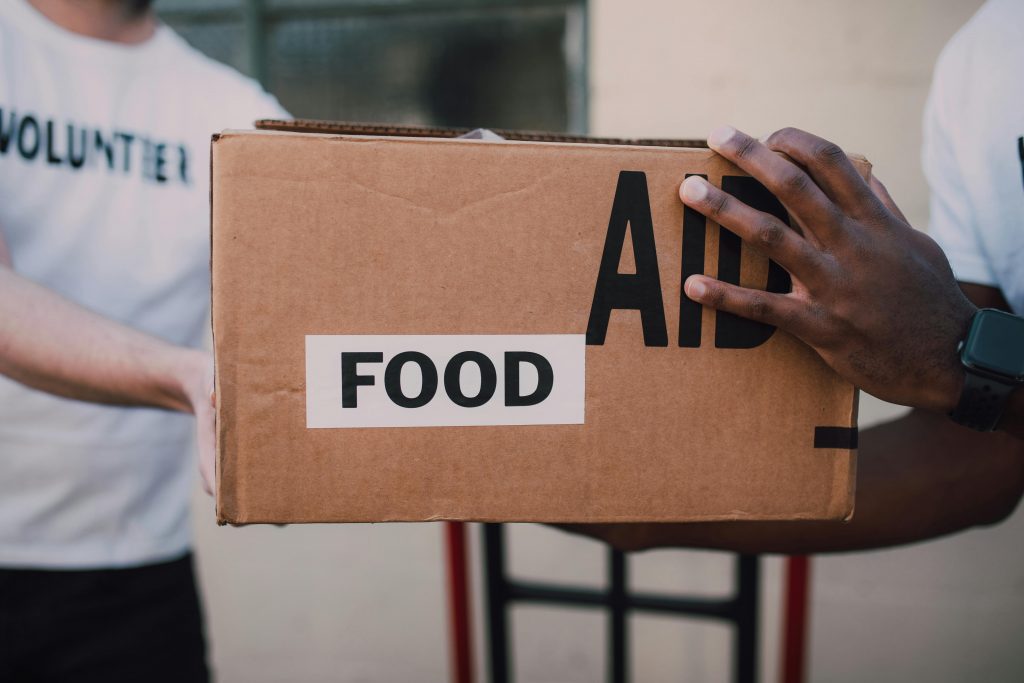
USDA: Ohio Food Banks Face Rising Challenges Due to Funding Cuts and Increased Costs
Columbus, OH – Local food banks in Ohio are facing a growing crisis as funding cuts to federal programs, such as the Local Food Purchase Assistance (LFPA) program, threaten their ability to provide fresh produce. With rising food costs and policy changes adding to the pressure, many food banks may be forced to reduce the variety of items they can offer.
The LFPA program, which connected food banks with local farmers and schools, has been a vital resource for Ohio’s food assistance programs. Recently, the U.S. Department of Agriculture canceled funding for the program, leaving food banks, like the Mid-Ohio Food Collective, to absorb the impact. The LFPA program previously helped the collective purchase over $1 million worth of food from local farmers, ensuring that fresh, nutritious options reached families in need.
Why the LFPA Program Was Critical for Ohio Food Banks
Mike Hochron, vice president of communications for the Mid-Ohio Food Collective, described the LFPA program as a “win-win-win” that supported local farmers, food banks, and families. The program allowed the collective to purchase protein like chicken and beef at market prices, benefiting Ohio farmers while helping to feed those in need. With the program’s cancellation, however, food banks may face significant challenges in sourcing diverse, healthy foods.
“With continued cuts, the overall food supply will be reduced,” Hochron warned. “Families may find fewer options available when they turn to us for help.”
Additional Struggles: Rising Costs and State Budget Cuts
The cancellation of the LFPA program comes at a time when food banks are already dealing with increasing operational costs. From higher prices for eggs, fuel, and other food staples to the uncertainty surrounding potential tariffs, food banks are under significant strain. Additionally, Ohio Gov. Mike DeWine’s budget proposal includes a $7.5 million reduction in state funding for food banks, further exacerbating the issue.
Joree Novotny, executive director of the Ohio Association of Food Banks, expressed concern about the loss of the LFPA program, noting the hardships it would cause both for local farmers and for those relying on food banks for essential nutrition. She emphasized that the program helped reduce food waste by enabling farmers to sell surplus produce to food banks, benefiting everyone in the food supply chain.
Food Banks Straining to Meet Increased Demand
The challenges facing Ohio food banks have been compounded by a dramatic increase in demand for their services. Since the height of the COVID-19 pandemic, food bank usage has surged by 40 to 60%. In fact, recent data shows that food banks in Ohio are experiencing their highest demand in nearly 35 years, with many individuals and families skipping meals to cut costs.
“Every consumer is feeling the pressure on their budgets,” Novotny said. “And unfortunately, food banks are no exception. We’re stretched thin, trying to keep up with the growing need.”
As food banks face a tough battle to continue providing for Ohioans in need, they remain hopeful that continued public support and advocacy will help meet the needs of the state’s most vulnerable populations.
Follow Dalmar TV on Facebook for the Latest News


